POSTS
Taiwanese Puppetry
I’ve heard about Taiwanese Puppetry from my mom as po-te-hi (boh-deh-hee), “cloth bag opera”, a reference to glove puppetry starting with improvised cloth bags.
In the early 1970s, the broadcast puppet series “Shi Yan-wen: The Scholar Swordsman” stole the heart of everyone in Taiwan. She remembers it was a big deal - big enough to the point that many of the songs became well-known karaoke pieces in Taiwan.
She lamented that it’s now a dead art, lost to the annals of history.
I started digging into this and found that the familial dynasty behind “The Scholar Swordsman” created the world’s largest puppet film studio: Pili. They’re also producing the most anime looking shit I’ve ever seen and evolving this 17th century Fujian art form into something uniquely Taiwanese.
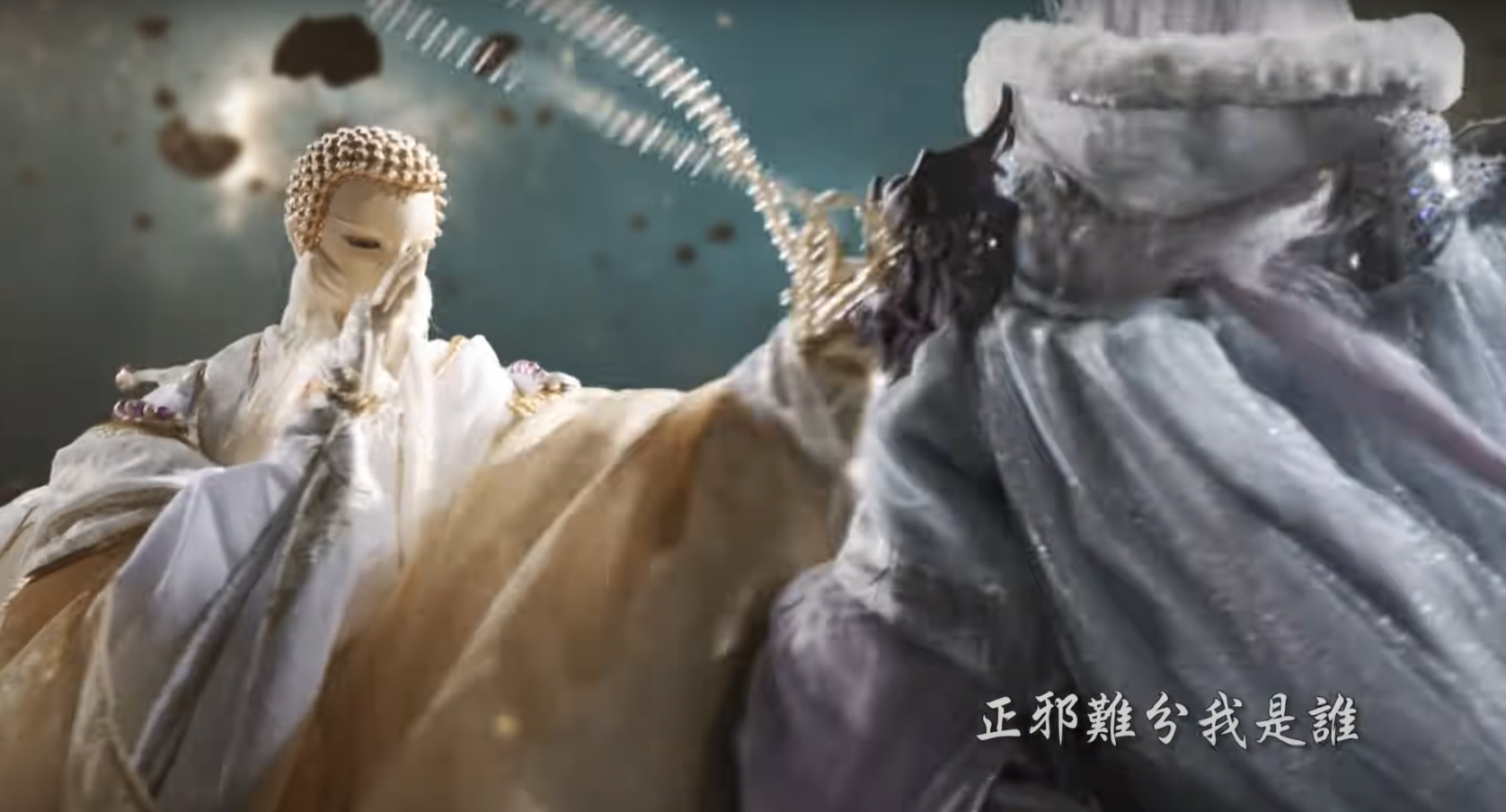 10 out of f’ing 10 would watch kung fu Buddha bead whip again.
10 out of f’ing 10 would watch kung fu Buddha bead whip again.
Everything you see in this movie trailer (volume warning ~0:37) - with the exception of very obvious CGI - was done with glove puppets and physical props backed by a greenscreen.
All of those glove puppets are painstakingly woodcarved by hand. In many cases, entire miniature sets are also created by hand to support the scene. These flowers and those trees? Fully built props.
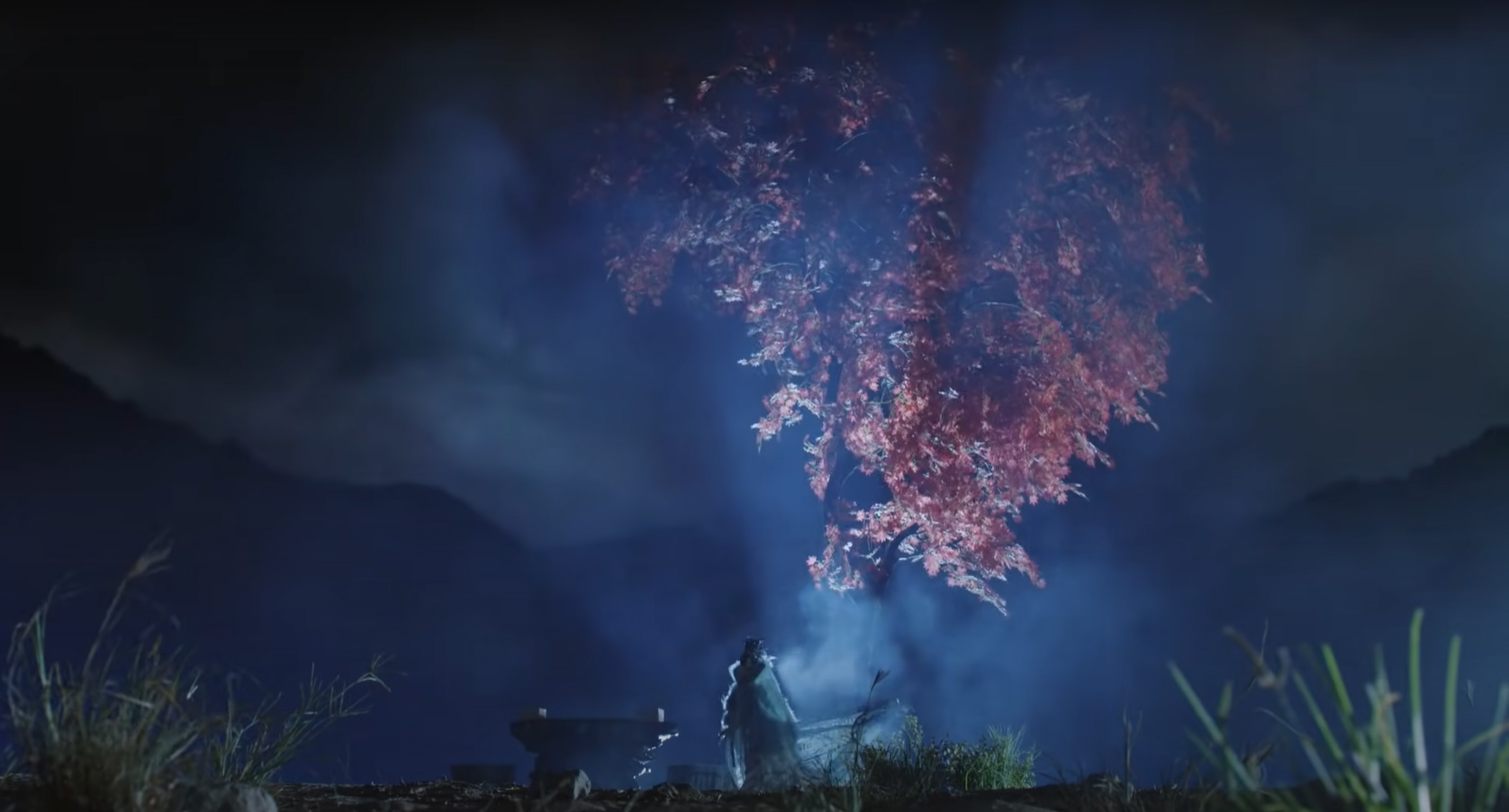
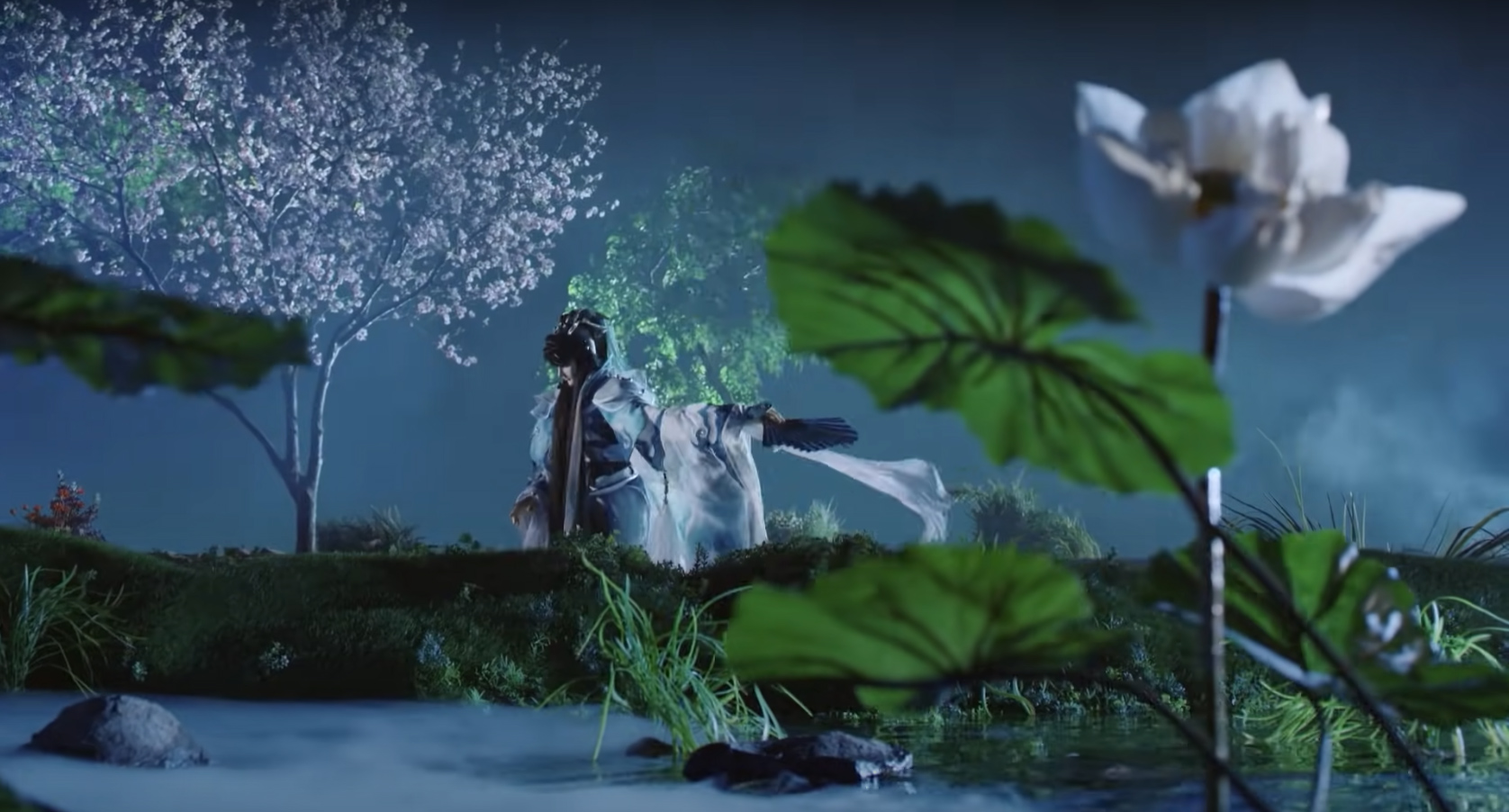
I want you to let that sink in.
All the martial arts choreography? Glove puppets.
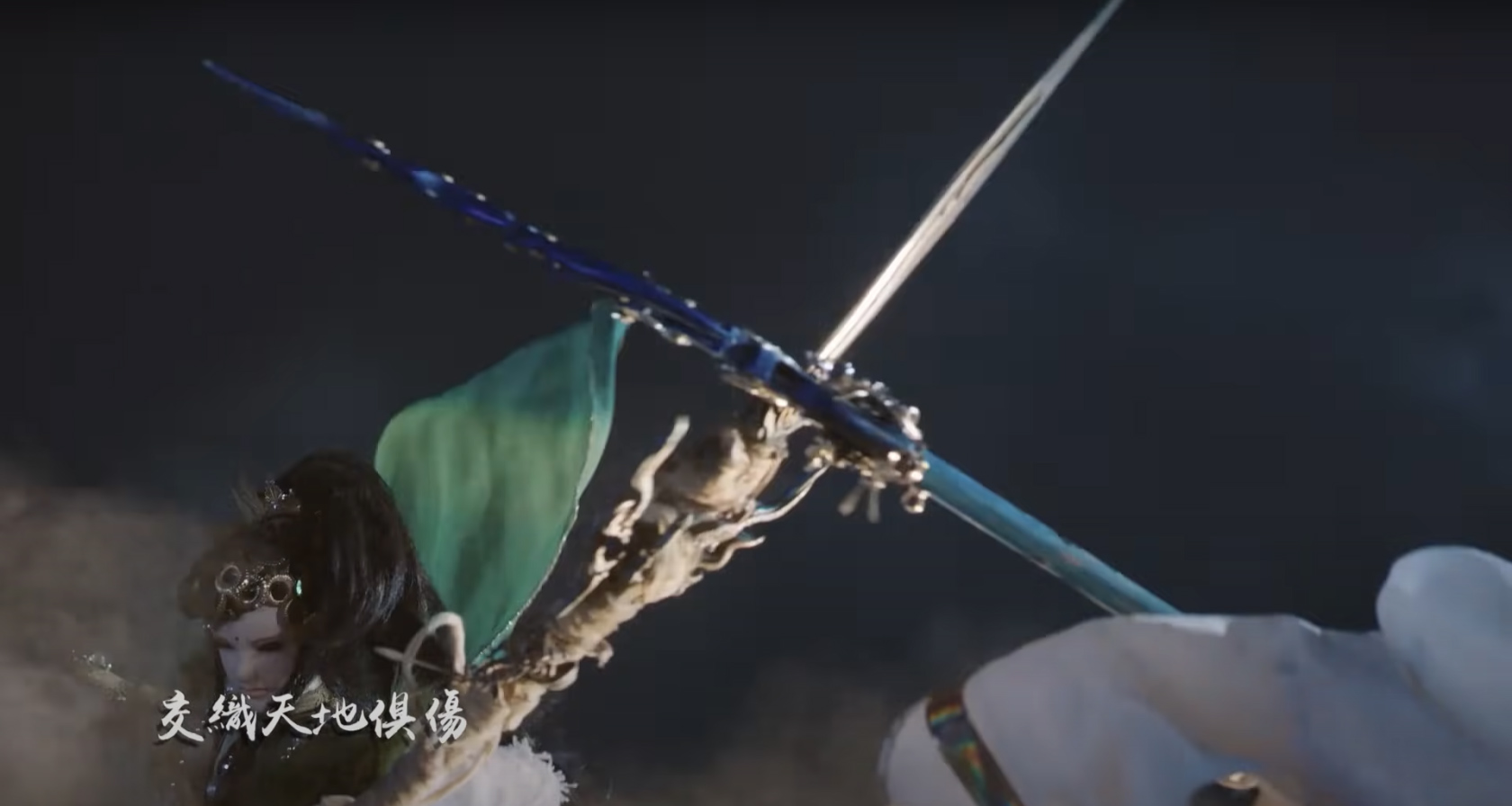
Particles flying everywhere? Crew setting off explosives or throwing dust at the right time.

Badass hair blowing in the wind effect? Industrial fans off camera blazing at max speed.
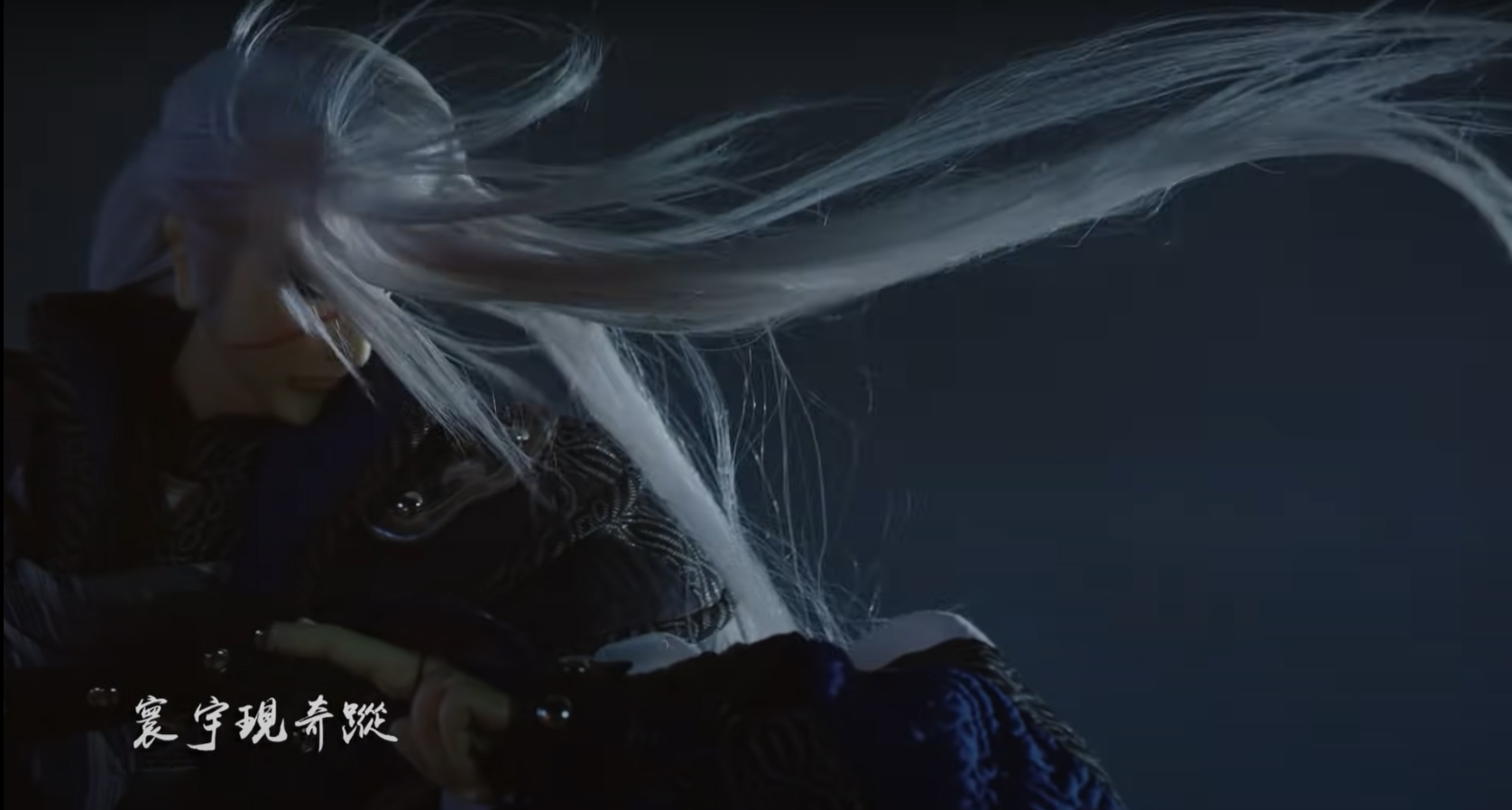
Someone getting blown apart? They are setting off pyrotechnics and sometimes breaking apart those puppets.
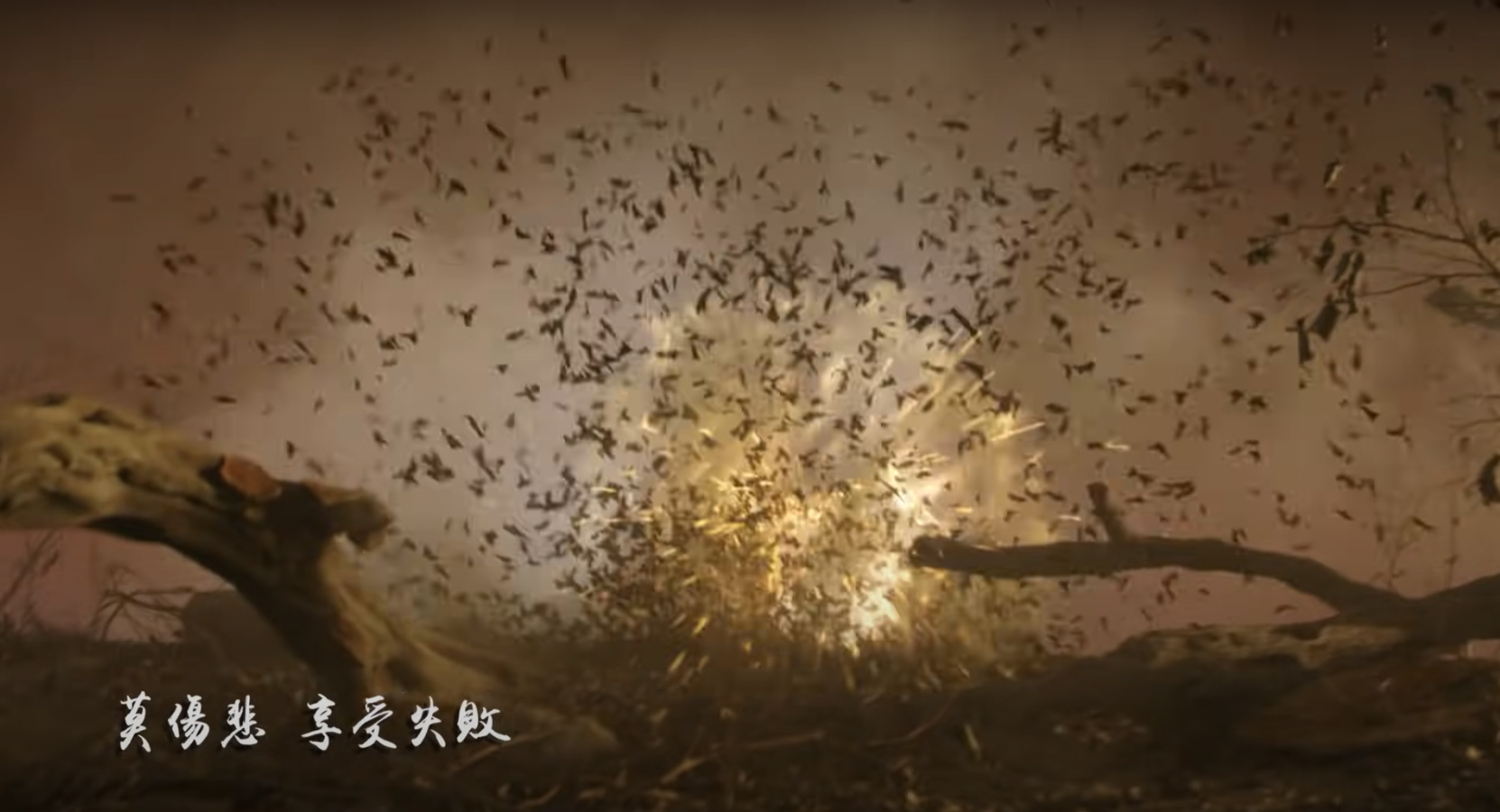
Character somersaults through the air and keeps fighting afterward? That puppet is getting thrown through the air to another puppeteer who catches and takes over
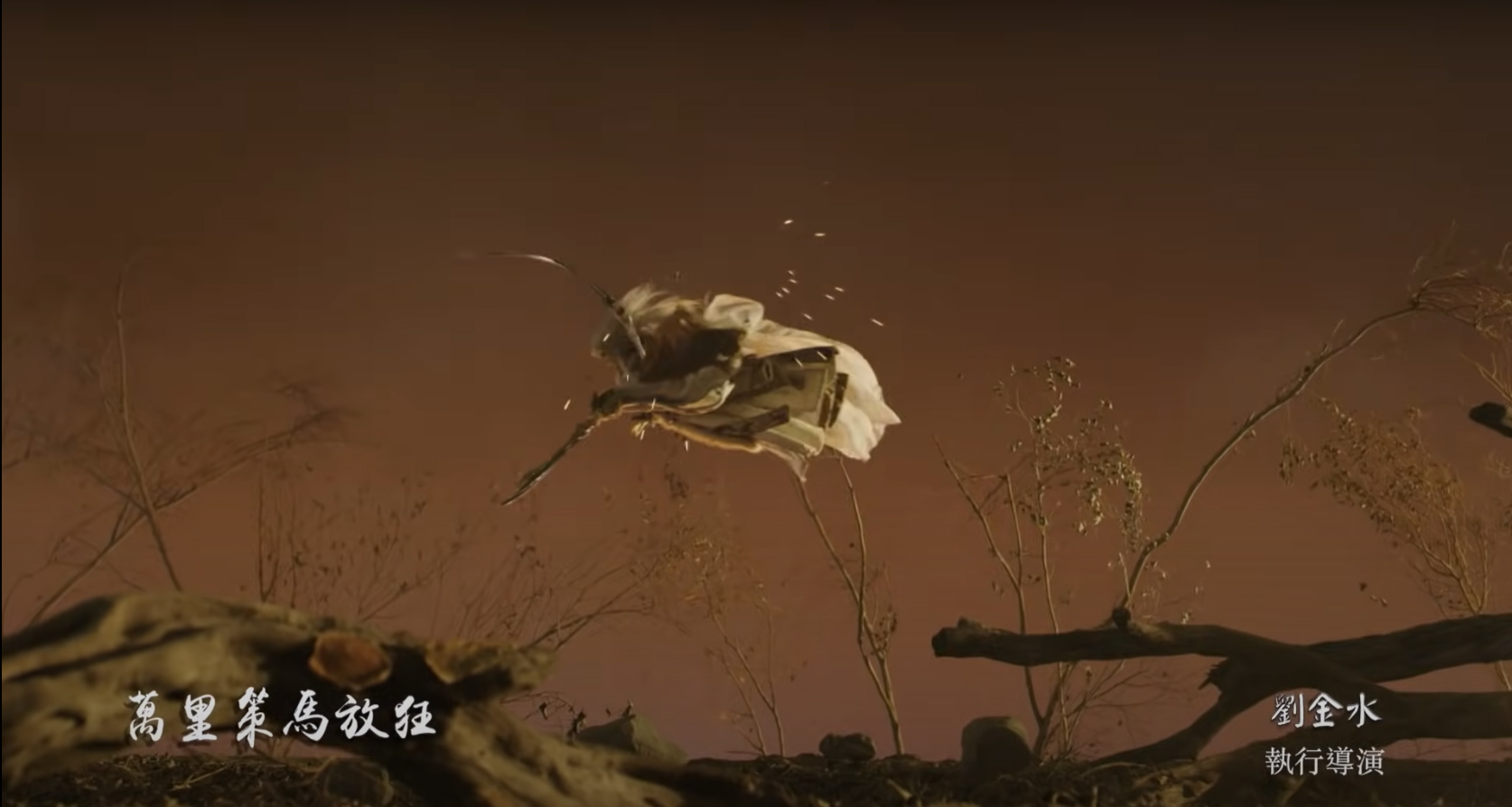
Wood splintering? They break a piece of wood, and you get some absolutely stunning splintering effect.
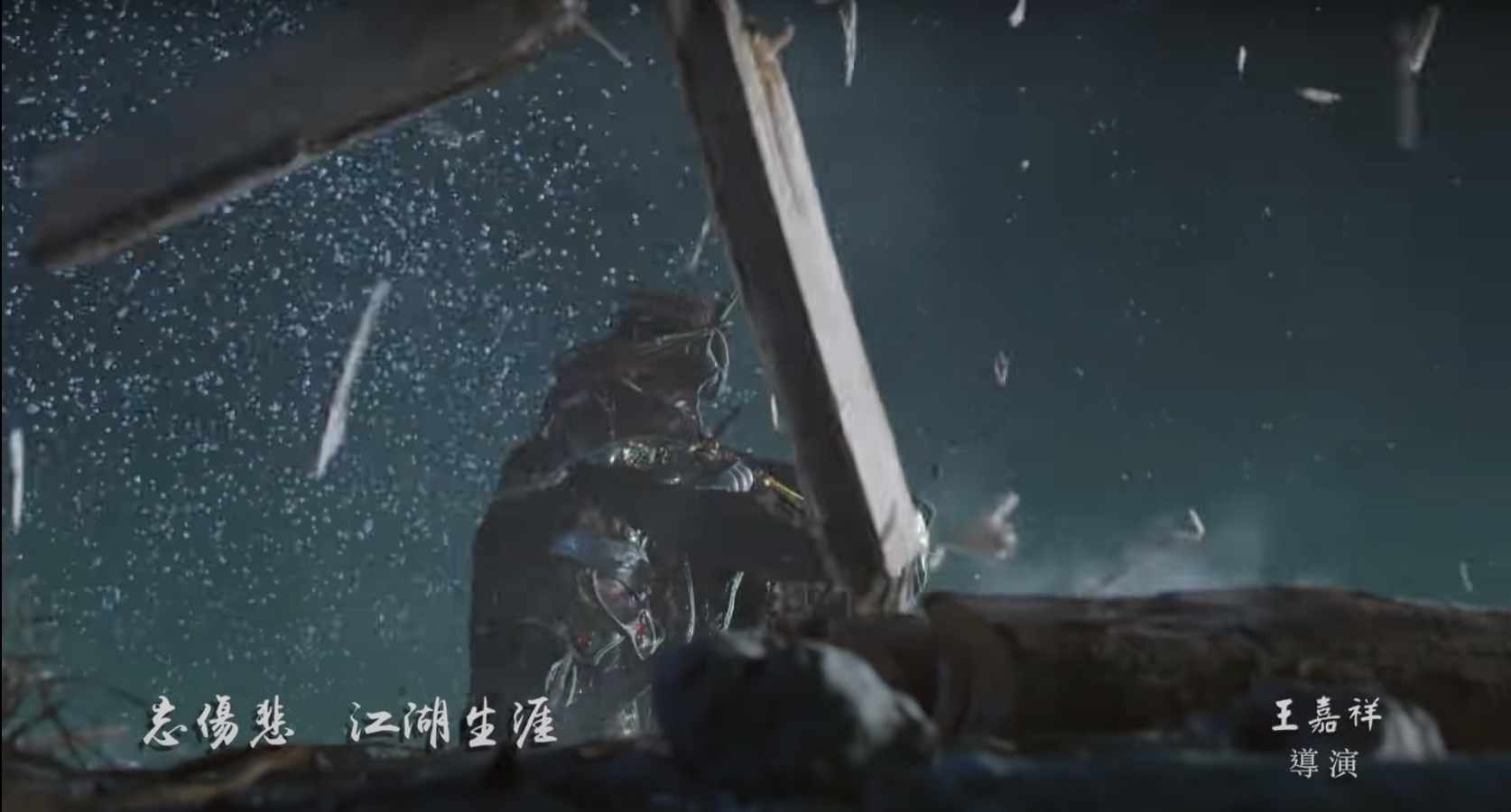
And yes, they painstakingly built a miniature go board and then casually blew it to pieces.
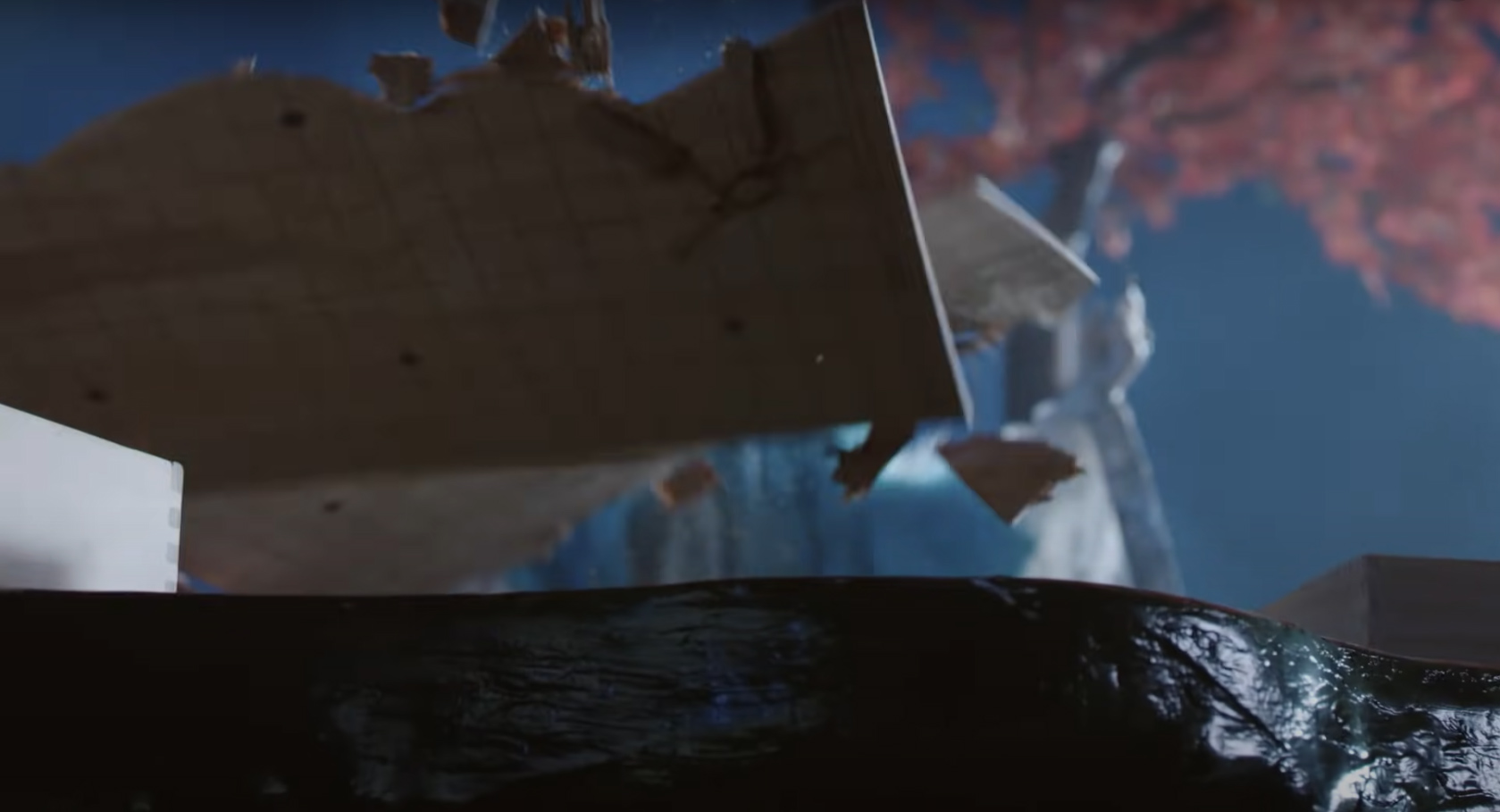
There are some ridiculous levels of effort going on here. And it doesn’t end there.
For those of you who can distinguish among East Asian languages, one glaring thing is going to stand out.
Despite Mandarin being the de-facto official language of Taiwan, that song ain’t in Mandarin.
This is one of the few mediums left dedicated to producing media in Taiwanese Hokkien. This is not only carrying art heritage, it’s also carrying language heritage. There’s a lot of historical context that goes into the art form’s evolution through the island’s tempestuous history, but that’s for another article.
If any of this sounds interesting, the Japanese-Taiwanese collaboration Thunderbolt Fantasy is streaming now on Crunchyroll. It’s Taiwanese puppetry with Japanese voice acting and anime plot, and serves as a softer introduction to Taiwanese puppetry through familiar anime tropes.
The bead-whipping magical buddha are traded in for wandering samurai, but it doesn’t matter too much. Either way, we get an unprecedented fusion of master puppeteers and cinematographers breathing life into inanimate objects.
